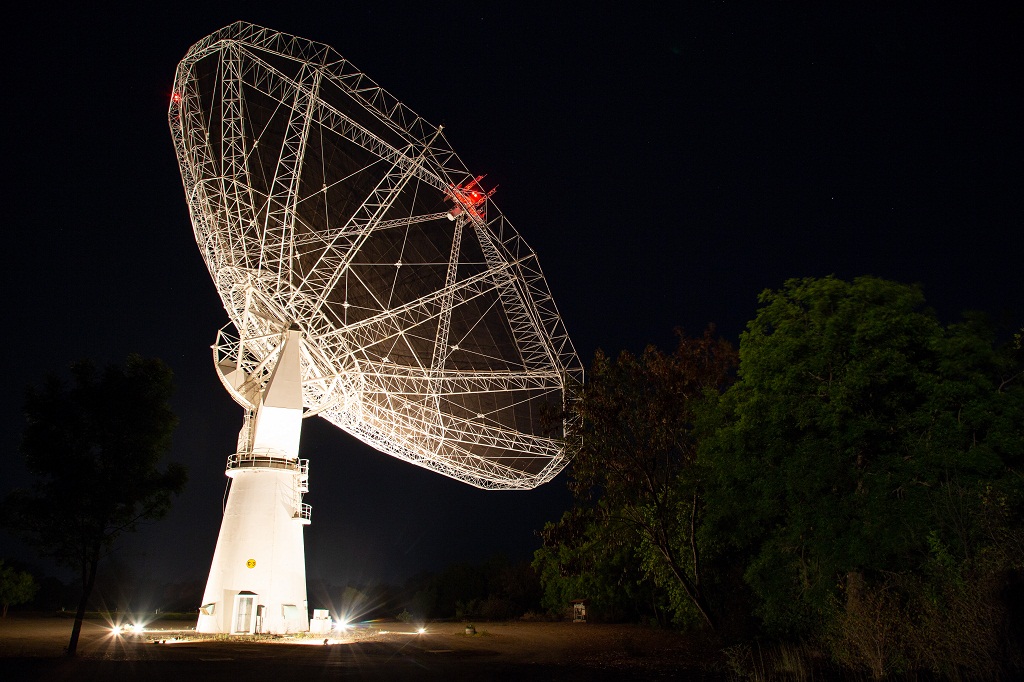Pune: uGMRT unravels the eclipses of millisecond pulsars in compact binary

Manasi Saraf Joshi
Pune, 9th November 2021: Unravelling the eclipse mechanism for the millisecond pulsars (MSPs), a group of scientists working at the National Centre for Radio Astrophysics (NCRA), Pune showed it in compact binary systems using the upgraded Giant Metrewave Radio Telescope (uGMRT).
The lead author of the paper Devojyoti Kansabanik, who’s doing his PhD at NCRA said, “We could determine the mechanism of the eclipses for a spider MSP unambiguously for the first time. There are several possible mechanisms like refraction, scattering and different types of absorptions of radio emission from the pulsar by the materials ejected from the companion star. Our study could distinctively spot that the eclipse is caused due to absorption by the magnetized materials ejected from the companion star and ruled out other possible mechanisms.’’
Kansabanik received guidance from Bhaswati Bhattacharyya, Jayanta Roy and Benjamin Stappers from the Jodrell Bank Centre for Astrophysics, The University of Manchester who is also the authors of the paper. The research paper has been published in the Astrophysical Journal on October 13, 2021. https://doi.org/10.3847/1538-4357/ac19b9, arXiv : https://arxiv.org/abs/2107.13258/
What are MSPs?
Eclipses in millisecond pulsars have been known since the 1980s, but the exact cause of these eclipses have not been understood till now. Nature’s best clocks, millisecond pulsars (MSPs) are ultra-dense dead stars that act like celestial lighthouses sending periodic flashes of radio light as fast as a few hundred times in a second. Being extremely stable rotators, MSPs act as laboratories for the study of matter in extreme conditions. MSPs often have orbital companions. In some of the MSP systems, the pulsar and the companion star have separations comparable to the Earth-Moon distance and interact strongly with each other.
Energetic radiation from the pulsar could result in material from the companion being ablated and blown away. This diffuse material could eclipse the radio pulses emitted by the pulsar. Interestingly, the eclipse properties depend on the frequency of the radio pulse, with low radio frequencies being eclipsed, while high radio frequencies are not. The exact mechanism by which this occurs has not been established earlier. Understanding the eclipse mechanism and physical properties of these spider MSPs will provide more insight into the evolutionary processes and the ultimate fate of these exotic systems.
Roy added, “The wide bandwidth low-frequency observing capability of the uGMRT aided with its unprecedented sensitivity will enable us to apply this method to other compact binary systems and to provide a consolidated view of the eclipse mechanism as well as the wind and magnetic field properties of the companion stars.”





